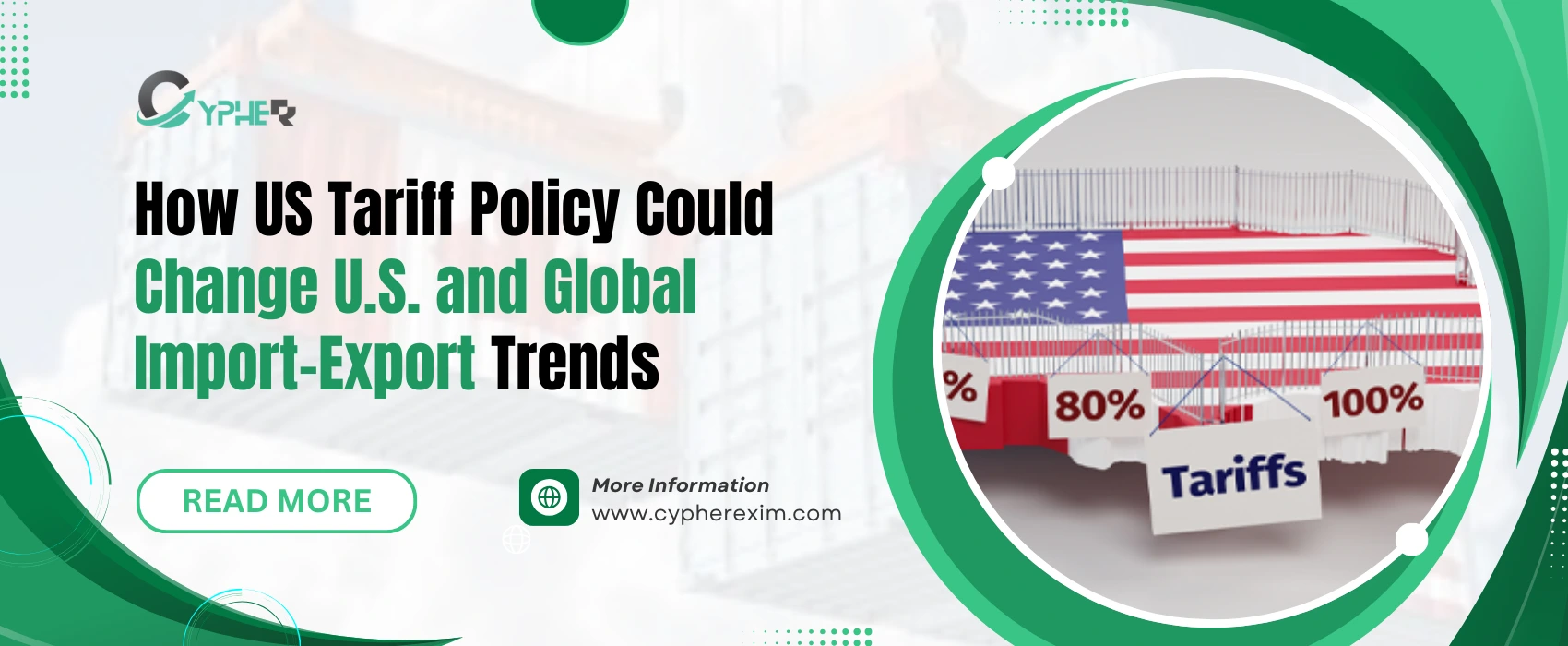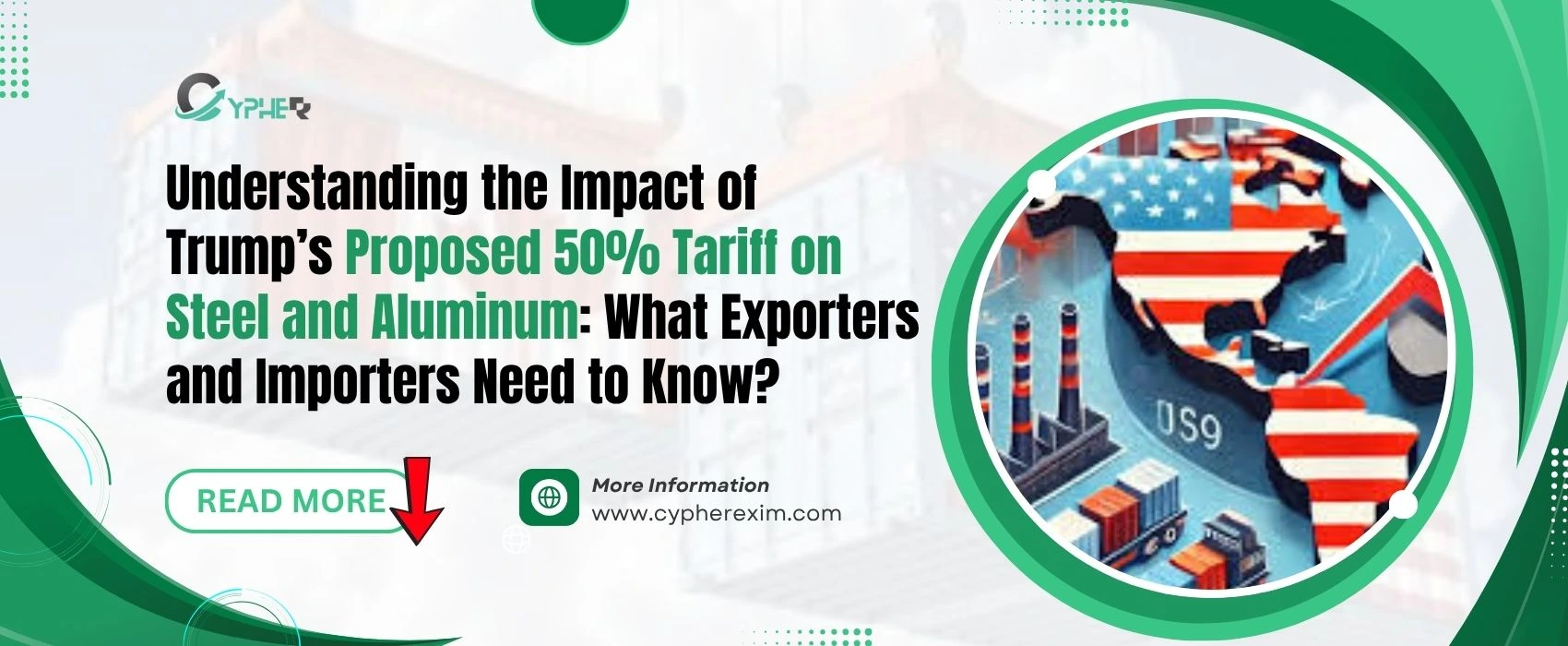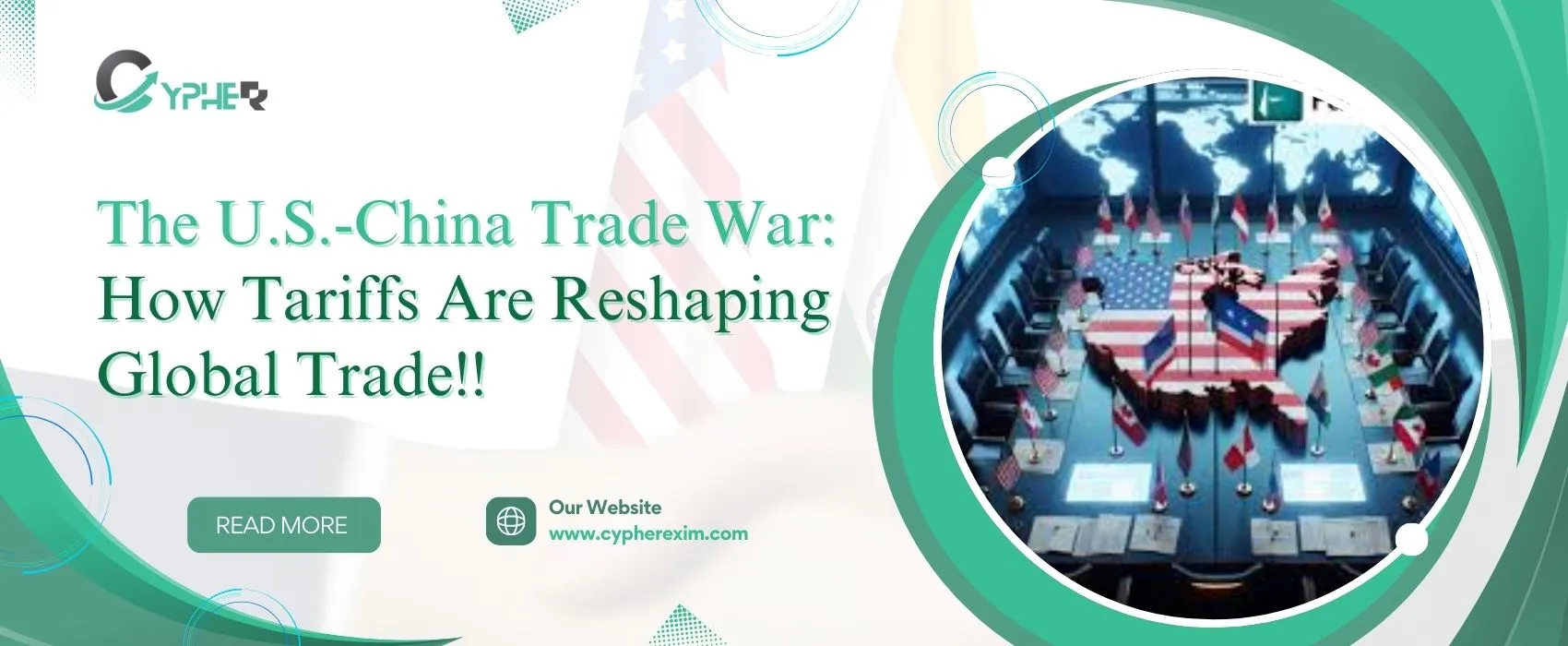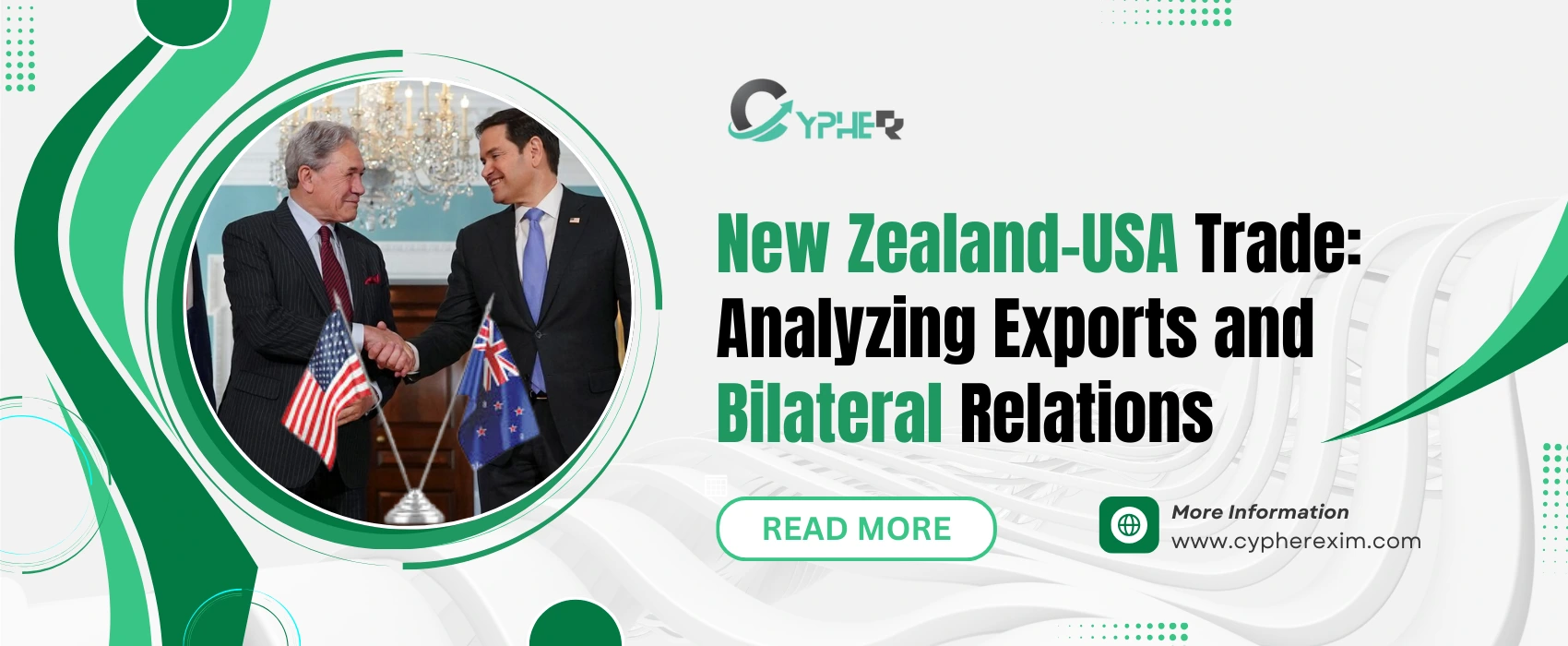
Presidents US recent proclamation concerning sweeping tariffs on imports to the United States has sparked, the world’s economy and politics a chaotical shift, reshaping any progress made on international trade relations and testing age-old partnerships. President US pronounced tariffs scarping China, India and the European Union among other 90 countries. The tariffs, which were announced on Wednesday, also includes a standardized fee of 10% on all imports for the United States along with other disproportionate rates on some of the largest trading counterparts of the U.S.
As part of his presidency, US has put into action a set of tariffs that he has coined as ‘reciprocal tariffs’ which fall under his trade policy. These tariffs aim to aid American companies and employees by imposing reciprocating duties on foreign goods – as American goods receive equal market access. The consequences of these reciprocal tariffs is already being observed in the US and globally. This could have a profound impact on trade imports and exports and alter numerous international trading statistics.
A measure of trade policy aimed at achieving greater trade harmony between countries is referred to as reciprocal tariffs. US Reciprocal tariffs are set according to the tariff rate required to offset or equal a trade deficit imbalance between the US and its partners for stable growth in US import data and US export data. If one nation places a tariff on goods from another nation, that second nation may respond with an equal tariff on goods coming from the first nation. This balancing act is designed to safeguard internal markets from excessive external market competition while encouraging nations to adopt more beneficial treaties or agreements concerning trade policies.
The reciprocal tariffs that US suggested would seek to equal the tariffs set by other nations on American goods. These tariffs could profoundly change trade patterns, prices, and supply chains around the world, impacting key global Import Export data.
Here is a list of some of the major countries to be impacted by US reciprocal tariffs:
| Country | Reciprocal Tariff Rate | Potential Impact on U.S. Imports & Exports |
|---|---|---|
| China | 34% | May reduce imports of electronics and textiles; China may retaliate against U.S. agriculture and automotive exports. |
| European Union | 20% | Could raise prices on European autos/luxury goods; EU may target U.S. agricultural and machinery exports. |
| Japan | 24% | Likely to increase costs for Japanese electronics and cars; Japan may impose tariffs on U.S. agriculture and industry. |
| India | 26% | May reduce imports of Indian textiles/pharma; India could respond with tariffs on almonds and machinery. |
| Vietnam | 46% | Sharp decline in apparel/electronics imports expected; Vietnam may retaliate against U.S. agricultural exports. |
| South Korea | 13.4% | May affect electronics/auto imports; South Korea may target agricultural and industrial U.S. exports. |
| Canada | 6.8% | Could impact lumber and oil imports; Canada may retaliate with tariffs on dairy and processed foods. |
| Mexico | 6.9% | May affect agricultural and auto imports; Mexico could impose tariffs on U.S. grains and machinery. |
| Australia | 10% | Mild impact on beef and wine imports; retaliation unlikely due to strong trade ties. |
| Brazil | 8% | May reduce coffee and steel imports; Brazil could impose tariffs on U.S. farm equipment and chemicals. |
| Rank | Country | Total Trade (Billions USD) | Charged to the US (%) | U.S. Reciprocal Tariff (%) | Major Impacted Goods |
|---|---|---|---|---|---|
| 1 | Mexico | $975.9 billion | - | Exempt | Auto Parts, Avocados, Beer |
| 2 | Canada | $839.9 billion | - | Exempt | Aluminum, Lumber, Dairy Products |
| 3 | China | $582.4 billion | 49% | 54% | Electronics, Machinery, Steel, Textiles |
| 4 | Japan | $236 billion | 46% | 24% | Automobiles, Electronics, Machinery |
| 5 | South Korea | $129.2 billion | 50% | 25% | Steel, Automobiles, Semiconductors |
| 6 | United Kingdom | $123.7 billion | 10% | 10% | Automobiles, Pharmaceuticals, Financial Services |
| 7 | India | $119.7 billion | 52% | 26% | Pharmaceuticals, Textiles, Jewelry |
| 8 | Vietnam | $108.6 billion | 90% | 46% | Textiles, Footwear, Electronics |
| 9 | Brazil | $92 billion | 10% | 10% | Soybeans, Beef, and Sugar |
| 10 | Taiwan | $88.3 billion | 64% | 32% | Electronics, Machinery, Semiconductors |
These tariffs are associated with the U.S. administration’s efforts aimed at dealing with trade deficits, and they are projected to affect global trade relationships profoundly.
President has been supporting reciprocal tariffs and viewed them as a proper method to rectify trade imbalances with other nations. He has placed tariffs on an extensive list of foreign goods, especially imports from the steel, aluminum, and technology industries. In retaliation, other nations have also placed reciprocal tariffs on US exports which, in conjunction with the pre-existing tensions, have spiraled into a trade war with serious economic consequences.
The application of reciprocal tariffs has had a clear impact on the trends of import and export in the United States. Many American companies that depend on imported items have either experienced a drop in demand or been forced to pay the increased tariff costs shifting the market burden onto consumers. This results in an increase in the prices of important goods. Tariff imposition from other countries as well as retaliatory tariffs has also posed enormous challenges to American exports, which decreases the United States competitive afford driving heavily into global markets.
Even outside the US, folks are feeling the impact of US's return policies since many other countries have issued protectionist policies of their own. Global trading has transformed because some countries are attempting to lessen their dependence on the US market by broadening the scope of their trading partners. Because of this, shifts in the global economy are unfolding as new partnerships and contracts are being established.
It is still not clear during the trade war what will happen to tariffs. President US is convinced that these tariffs are indispensable to guard American interests, his opponents, on the other hand, claim that in the long run, they would cause considerable damage to the US economy and international trade. Consequently, the main task of the leaders will be to search for ways to create the nearest mechanism for protecting the local producers and allowing free and fair trade all over the world.
In summary,US handle-for-handle tariffs is expected to affect US and global import-export flows mutually, reshaping these trends on a grand scale. The local economy will get some time benefits out of this situation, but in the long run, the results might turn out to be more of a quandary. As the trade conflict situation develops, businesses, policymakers, and consumers are obliged to keep up with the altering state of global trade. The reciprocal tariffs of US have a potential that can change the import and export global situation not only of the US but also concerns around the whole world, influencing costs, suppliers chains, economic development, etc. It was estimated that it can quite effectively promote domestic production although the consequences are a possible trade war and consumer prices soaring. Companies need to think ahead and be ready for the worst-case scenario in which they must do business with completely different suppliers and reach out to new customers. We trust you will find a great read from our blog report on US reciprocal tariffs and their global trade impact. Get detailed and most recent Exim data on both US imports and US exports and find partner countries in the world through Cypher Exim.

Trump’s 50% Tariff on Steel: What Importers Must Know
05 June, 2025

U.S.-China Trade War: How Tariffs Are Reshaping Global Trade
07 Mar, 2025

New Zealand-USA Trade: Exports & Bilateral Relations Analysis
03 April, 2025

India Restores RoDTEP for SEZs, EOUs & AA to Boost Exports
27 May, 2025

India-US Trade Deal: What It Means Globally
30 May, 2025